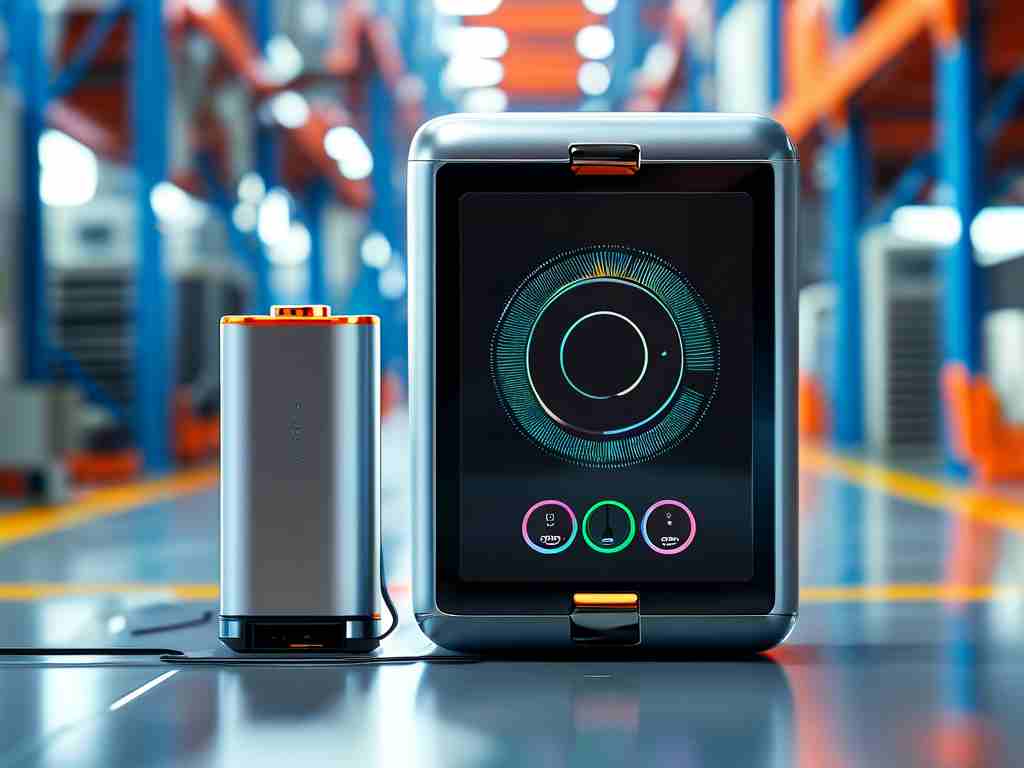In today's fast-evolving tech landscape, embedded charging development solutions are revolutionizing how devices manage power, from wearables to industrial IoT systems. This approach integrates charging capabilities directly into embedded hardware, eliminating bulky external adapters and enhancing user convenience. As an engineer with over a decade in embedded systems, I've seen firsthand how this fusion of charging and microcontrollers can transform product design—imagine a smartwatch that charges seamlessly while tracking your run or a sensor node in a remote farm harvesting solar energy. But developing such solutions isn't a walk in the park; it demands careful planning to tackle power inefficiencies, thermal issues, and safety risks like overcharging or short circuits. Let's dive into the core aspects of crafting a robust embedded charging development plan.

First off, understanding the hardware foundations is crucial. At its heart, an embedded charging system relies on components like lithium-ion batteries, charging ICs (integrated circuits), and power management units. For instance, a typical setup might use a buck-boost converter to regulate voltage from various sources—say, USB-C or wireless pads—ensuring stable input even with fluctuating power levels. Software plays an equal role, with firmware algorithms controlling charge cycles to maximize battery life. Take this basic C code snippet for a charging state machine; it's a simplified version I've tweaked from real projects to handle low-power scenarios:
// Embedded charging control logic for battery management
#define CHARGE_THRESHOLD 3.7 // Voltage cutoff in volts
void manage_charging(float battery_voltage) {
if (battery_voltage < CHARGE_THRESHOLD) {
enable_charger(); // Start charging if voltage drops
} else {
disable_charger(); // Stop to prevent overcharge
}
monitor_temperature(); // Safety check for overheating
}
This snippet highlights how firmware interacts with sensors to maintain efficiency—say, by throttling charge rates if temps spike, a common pitfall in compact devices. Now, the development lifecycle kicks off with prototyping. Teams often use evaluation kits from vendors like Texas Instruments or STMicroelectronics to model circuits before custom PCBs. I recall a client project where we simulated power draw in tools like LTspice to optimize for energy harvesting, such as capturing ambient RF signals for trickle-charging. It saved months of trial-and-error, proving that simulation is gold for predicting real-world behavior. Testing phases are equally intense, involving bench tests with oscilloscopes to catch voltage drops and field trials under extreme conditions—think freezing temps or high humidity—to ensure reliability. After all, a medical implant failing mid-charge could have dire consequences, so rigorous validation isn't optional; it's a lifeline.
Safety and efficiency are the twin pillars here. Embedded charging must adhere to standards like IEEE 1725 for battery safety, which mandates features like overvoltage protection and fail-safes. In one wearable design I consulted on, we implemented redundant checks in firmware to isolate faults, such as shutting down if current exceeds specs. Efficiency-wise, techniques like pulse charging or adaptive algorithms can boost energy retention by 20-30%, extending device uptime. For example, solar-powered trackers in agriculture use MPPT (Maximum Power Point Tracking) to squeeze every watt from panels, a trick borrowed from renewable energy systems. This isn't just tech jargon—it translates to longer battery life for end-users, reducing e-waste and boosting sustainability. Plus, with AI-driven optimizations on the rise, embedded chargers can now learn usage patterns, like slowing charge overnight to preserve cell health.
Looking ahead, trends point to smarter, greener solutions. Wireless charging integration is exploding, with Qi standards enabling seamless power transfer in everything from phones to embedded sensors. Energy harvesting innovations, like piezoelectric materials converting motion to electricity, are pushing boundaries—imagine a shoe insole charging your phone as you walk. Challenges remain, though: miniaturization battles space constraints, and cybersecurity risks grow as chargers connect to networks. But with tools like modular SDKs from Arduino or Raspberry Pi, developers can iterate faster. In closing, embedded charging development isn't just about juicing up gadgets; it's about creating resilient, user-centric ecosystems. By mastering this discipline, engineers can drive the next wave of innovation, making power management invisible yet indispensable in our daily tech. Embrace it, and you'll be at the forefront of a quieter, more efficient revolution.









